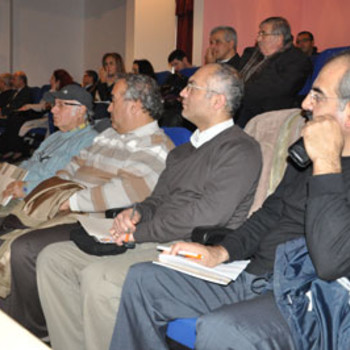What made Suleiman the Magnificent such a great military leader?
1 Answer
More than 40 years in power
Explanation:
At the age of 26, Suleiman the Magnificent became the 10th sultan of the Ottoman Empire in 1520 and is known as "Kanuni", the Lawgiver, in his homeland, but for Europeans he has always been "Suleiman the Magnificent". During the course of his substantial extension of the Ottoman Empire, he captured Belgrade in 1521 and Rhodes 1522, forcing the Knights of St. John to leave for Malta, defeated and killed King Lewis of Hungary at Mohacs (War) in 1526, taking Buda (Budin) in 1529 and unsuccessfully besieging Vienna in September and October of that year, and Transylvania came into his possession in 1562.
His domain extended far to the eastward and into Egypt and Persia, while his fleet was master of the Red Sea (including Yemen and Aden) and virtually the whole of the Mediterranean, waging war on the coasts of North Africa, Italy and Dalmatia under the command of its fearsome admiral Barbarossa.
Within the Empire, Suleiman was responsible for transforming the army and the judicial system. Suleiman himself was a poet and accomplished goldsmith. Suleiman died on September 6th 1566 during the war with Austria outside Szigetvar in Hungary led by his Grand Vizier Sokollu Mehmed Pasha, which two days later fell to the Ottomans. During the siege, Austrian army didn't come to help the Hungarians so they had to defend their castle heroically but desperately. After Suleiman's death, he was taken back to Istanbul and was buried in the largest of Sinan's mausoleum situated within the complex of the Suleymaniye Mosque.
Suleiman the Magnificent ruled the Ottoman Empire for 46 years between 1520-1566 and doubled his territory. This was a rising period for Istanbul, as it was for the whole Empire. Many priceless buildings were constructed during this period which survived until our days with no or little damage thanks to the great architect Sinan. The city was restored with a better plan including new dams, aqueducts and fountains, theological schools (medreses), caravanserais, Turkish baths, botanical gardens and bridges.
The port of Golden Horn, of which the surveillance was made from Galata Tower, became one of the busiest ports. Some of the important monuments and mosques built during this period are: Suleymaniye Mosque and annexes, Sehzadebasi Mosque and establishments, Sultan Selim Mosque and establishments, Cihangir Mosque and Haseki establishments and baths built on behalf of the Hurrem Sultan (the only loved wife of the Sultan).
Istanbul had a detailed city plan for reconstruction during this time. Migration was prohibited. Building houses around the city wall was prohibited. Coffee houses were introduced to Istanbul during this period.

